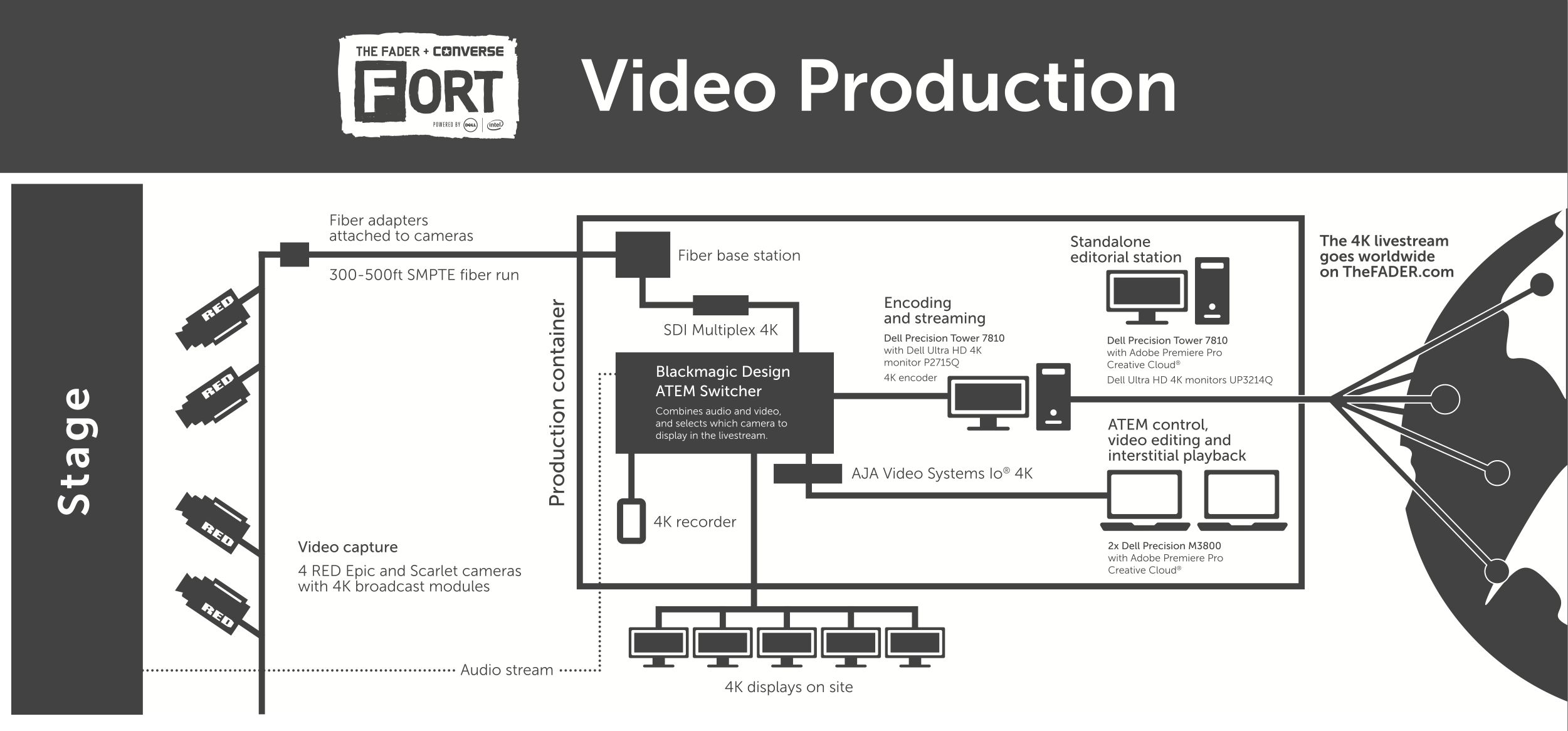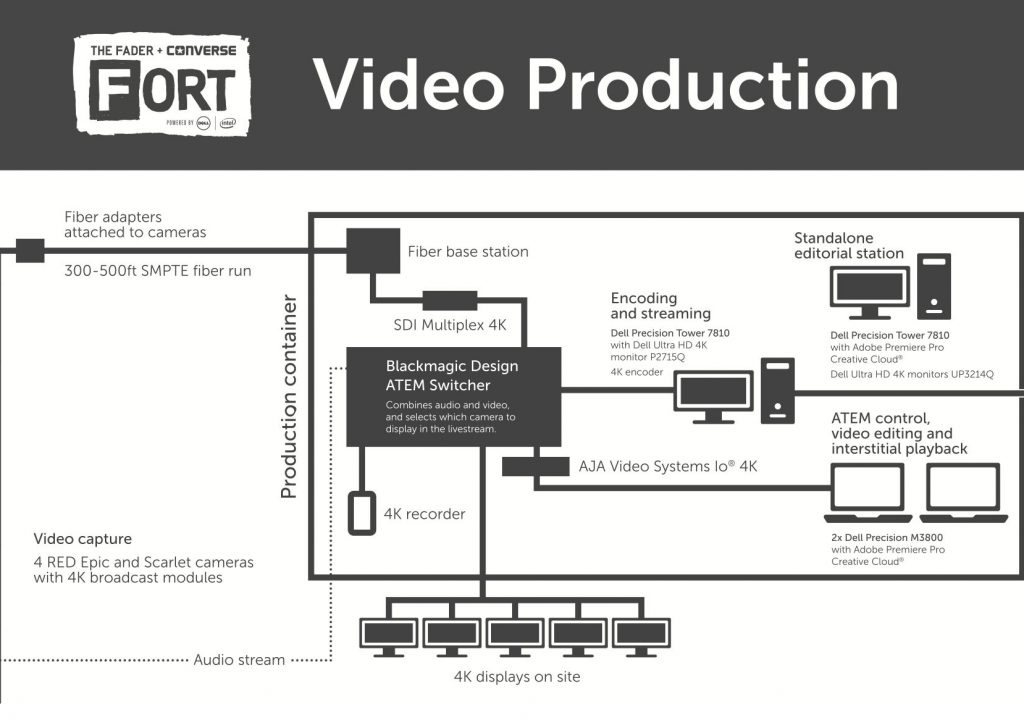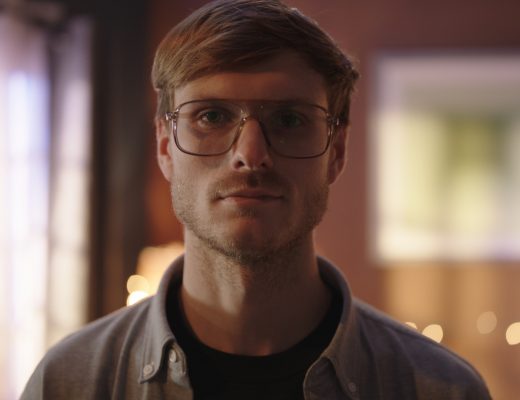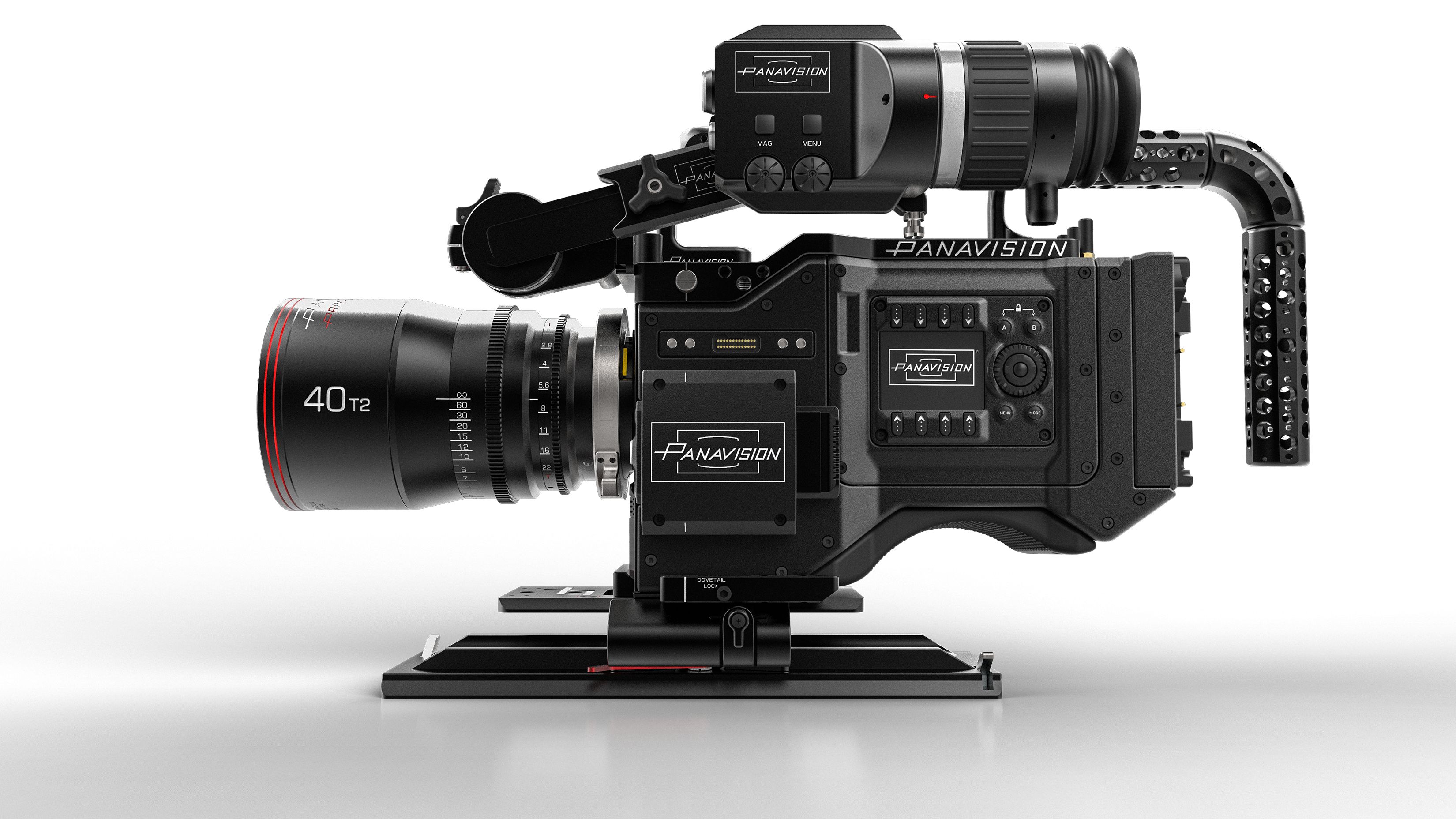4K has been a major point of discussion for years now. There are advocates and detractors of the technology, and I have to admit I’d be one of the advocates if we’re filing everyone into one camp or another. That said, I try not to think of 4K in such polarizing terms because those kinds of stances don’t help people on either end of a discussion.
The most important thing to me is that in one way or another, 4K pushes the industry forward. At Dell, we’re all about providing professionals in the media & entertainment space with the right products from a performance and reliability standpoint, and 4K is an opportunity to maximize and push both of these.
Convincing professionals of that reality can often be a struggle, as some are concerned by the additional costs that 4K represents, while others just don’t believe 4K will make a difference to the way something looks or to the audience that is seeing it. No one is going to be convinced otherwise if we just talk about what a difference 4K can make. You convince them with results they can see and experience, and this year at South by Southwest we found ourselves in a position to showcase what those results can look like for professionals across the industry.
2015 marked the third year Dell has sponsored the FADER FORT at SXSW. Essentially, we set up a big shipping container that you would put on the back of a semi-truck and put a bunch of Dell Precision workstations in there along with other equipment, so we could live-stream the performances to other venues within Austin and online to fans around the world.
We’ve done that for a few years at HD but we wanted to do something different this year. That’s why we decided to take it to the next level and stream the event live at a 4K resolution. Going into it we knew it was a little risky, but we knew we could back peddle to HD resolution if necessary. We knew it wasn’t going to be easy, but we saw this as a great way to push the technology and show everyone what we were capable of doing.
Unlike a traditional concert that’s being taped or has some other video aspect to it, we needed to have the entire streaming structure setup to send this out to the world. That was something we were familiar with from past years, but making it a 4K production entailed a whole new set of challenges.
Nonetheless, it was super exciting for us because it was the first live 4K concert. I put the emphasis on “live” because there have certainly been other events that were streamed in 4K. The World Cup was streamed 4K but it wasn’t done in a live fashion. That footage was already recorded and they streamed it after the fact in 4K. So this was a new thing for us and for the industry.
We were live streaming all of the performances over a period of five days in true 4K resolution for people to enjoy online. Of course, you needed the right end devices to see that resolution. You needed a 4K TV or monitor and a robust Internet connection, but showing people that this content is available at 4K means they can take full advantage of those capabilities.

Click here to see a larger version of this diagram.
If you look at our diagram, you can see we incorporated some really interesting technology. We had four RED cameras that were there to capture everything. They were capturing at a 4K resolution, even though those cameras will go above 4K. We kept it at 4K so we wouldn’t have to do any additional processing between the camera and the switcher. The four cameras were out in the performance area and were all connected into the Blackmagic Design switcher through a fiber channel run. The switcher enabled the director, who was inside the container, to designate which camera was being streamed at any given time throughout the performances.
You’ll notice that below the switcher box is a 4K recorder. We were actually recording all four streams into the recorder so we had all the content archived for later use. That gave us the ability to come back to that content to use in whatever way we needed, whether it was for B-roll, promotions, etc. We wanted to have options in terms of what else we could do with this content.
Once the feeds got into the switcher and the director chose the one he wanted to go out to the audience, that stream was encoded and live streamed, which you can see in the section in the middle of the diagram. We used a Dell Precision Tower 7810 machine for that, which is one of our dual-socket Precision workstations. The 7810 took in the stream and did all of the encoding and streaming that was necessary. So it was really a single machine that was doing most of the processing for the live stream.
We were encoding it in H264 4K but also at different levels. If someone on the other end didn’t have a 4K device, it was available at three different resolutions, depending on what people’s we using. It turned out that that was automatically controlled by Stream Monkey, and they could sense what connection speed a user had, and it would send the right stream based on their connection speed. All that was required on the viewer’s side was a flash player, so it was pretty minimal requirements on their end.
Not only were we live broadcasting on the Internet, but we were sending that stream to a number of 4K displays on-site at the concert, so people who weren’t in the concert area could still view everything. We also had some other venues within Austin that were taking the feed and displaying it on 4K TVs. We actually partnered with Sharp Electronics to make those TVs available throughout the area, so a lot of people at SXSW saw the concert in full 4K glory.
At the concert, we also had two other Dell Precision M3800 mobile workstations that were used for video editing and to do interstitial playback. As we had downtime between performances when one performer was tearing down and another was setting up, there really isn’t much for the people tuning in to see. So we added in interstitial content and streamed it out to them, and all of that was created on those two M3800s. Content could be fed into the switcher at any time, and we could always switch over to it. It gave us the ability to easily show B-roll or advertisements, so our audience saw something of interest between performances.
In addition to that, we had another standalone Dell Precision Tower 7810, which we used as an editorial station. If there was any work that we wanted to do on-site as far as processing content for immediate usage socially or via our channels we were ready to do so.
One part we didn’t document in this chart was around the additional Dell Precision M3800 that actually received the stream inside the trailers, so at any time our operators could see the stream users were seeing. Seeing that allowed them to always be able to confirm that everything was working properly, and users were seeing what they were supposed to be seeing.
It’s always challenging to do a live event, because you can’t predict everything that is or isn’t going to happen. There were some issues with synching some of the cameras when the concert first started, and we didn’t have all four cameras going at the beginning. The issue there just came back to relying on unstable power, which makes sense because we were out in what is essential an empty city block that was converted into a concert venue. We were dialing everything in until the last hour before the performance because it was literally the first time this had been done.
The two biggest challenges were around having a big enough pipeline and figuring out the latency, so all of that had to be fine-tuned on-site. We did extensive testing in a controlled environment in the offices, but once you’re out in the real world things can vary. We worked through those issues as they came, which is the only way to deal with such things. Some of what we worked though had a “cross your fingers” element to it, but that’s live production. In the end, we were really happy with the results, and the feedback has been especially positive. Thanks to COGO, XI Media Productions and RED for delivering the technology and production experience as well as being great partners to work with!
We’ve been getting feedback from a number of big venues who want to utilize this technology. They recognize what kind of power is here, and they want to live-stream their content in 4K. Everyone was super excited about the quality they saw. We often talk about what these different resolutions mean, but when you actually see it, it takes on a whole different perspective. Certain types of content just look better and work better at 4K.
I’ll be the first to admit that if you’re sitting at home and just watching a network TV show having it in 4K probably won’t make much of a difference to the viewer. I’m probably not in the minority, but I think those sorts of programs are just as good in HD as they are in 2K or 4K, and that’s heresy to some people who are advocates of these higher resolutions.
When you start talking about other types of content though, especially events, you can see and understand the difference. I’m a big soccer fan, and there’s definitely a difference when you see these kinds of events at a higher resolutions. The detail that you can see at 4K just makes it so much more engaging, and you feel like you’re involved with what’s happening on the screen.
One of the things I’ve noticed about 4K in general is that the resolution gives you more details, but I also think you can see depth that you couldn’t before. Those backgrounds pop in a way they don’t pop in HD. You might still be focused on whatever is going on in the foreground, but the richness and depth is evident, and that’s the real benefit of 4K. Once viewers get accustomed to 4K, I think they will demand it. Can you imagine watching TV in standard-definition these days?
Some people might not be convinced, but I’ve met and talked with a lot of professionals who are ready to embrace this technology. Just during the days we were streaming, this event pulled in over 600,000 views. We didn’t have a clear indication of who was streaming it in true 4K, but this was the single most viewed stream for that month and the most viewed piece of content from SXSW. FADER FORT had a pretty good lineup, and they’re known for bringing out some great talent, so it wasn’t just about the technology. Still, we had comments from industry veterans who mentioned they had never seen such a flawless stream before, and I think that speaks to the quality of 4K and what we were able to pull off.
I mentioned that numerous venues and organizations have taken an interest in streaming their own event at 4K, but for them it’s not just about doing something different. They see an opportunity to monetize the effort in a very powerful way. As they say over and over, content is king, and when you’re able to live stream content that people want to see like concerts or sporting events, there’s a huge opportunity for monetization with advertising. People can watch these streams on their computers, on their mobile devices, on their TVs, or anywhere that has a screen, really. That’s a huge audience that can be targeted in specific ways.
There’s a lot of room to expand on the content side. We didn’t have realtime virtual graphics content overlays associated with what was going on, but in a conversation with one of our partners at NAB we discussed what else we could do there, and that opens up a whole different layer of interaction with an audience, and opportunity for the content creators. The ability to create an even more enriching experience is evident. Maybe we’ll try that for a challenge next year!
We’re in the early days around 4K live streaming, and we know there’s a limited subset of people who can actually view the content at full resolution. Nonetheless, these kinds of endeavors will help push the industry and the audience to make the transition to the next level. Right now I think this is a great way for content creators to differentiate themselves and offer something unique. It certainly worked for us, and that extra level of interest will be something content creators immediately recognize.
We’re a few years away from a full embrace of 4K and all it can do for creators and all it can mean for audiences, but in this industry you always have to keep your eye on the future even when you’re focused on the present. But we’re getting there, faster than anyone realizes.
About the Author:
Scott Hamilton is a veteran of the computer industry with over 20 years’ experience with application software and hardware in the media and entertainment, internet and engineering markets. As the Vertical Market Strategist for Dell, he focuses on industry trends and solutions for various markets including engineering, manufacturing, media and entertainment, as well as software development.

Filmtools
Filmmakers go-to destination for pre-production, production & post production equipment!
Shop Now











